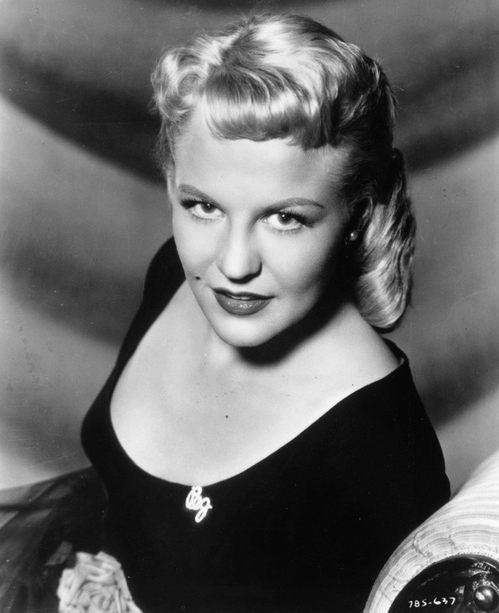Is That All There Is?
‘Is that all there is, is that all there is?
If that’s all there is my friends, then let’s keep dancing.
Let’s break out the booze and have a ball
If that’s all there is.’
Is That All There Is? Leiber & Stoller
Peggy Lee, image via peggylee.com
I remember the first time I heard Peggy Lee singing the classic Leiber and Stoller number, ‘Is That All There Is?’. The heroine relates how, through the course of her life, experiences that may initially have been exciting, had in fact turned out rather tiresome. From her home burning down, to going to the circus, to falling in love. It’s a hymn to disappointment and apathy. Like most teenagers I had spent large chunks of my short time on the planet lying in my room being incredibly bored. In amongst the bubble gum pop and dinosaur rock of Radio 1, a song that celebrated ennui was a rare and precious thing.
I remember the first time I heard the Clash sing ‘I’m So Bored with the USA’. I was simultaneously shocked and excited. Could one really so publicly proclaim disappointment with the home of rock’n'roll, the land of the free, the country that had given us Barry Manilow, Boz Scaggs and The Sound Of Bread? Was that acceptable? Was that legal?
I remember the first time I saw the painting Ennui by Walter Sickert. The bored couple cannot be bothered to look at each other. One stares into space and the other at the wall. The blank generation. Tedium in oils. And yet so utterly compelling.
Ennui, by Walter Sickert
It’s a curious thing. Apathy, boredom and tedium seem such dull, passive, inert qualities. Yet they can be exciting, inspiring, disruptive.
And I wonder whether this particular truth is lost on us and our world. We claim to be consumer experts. But are we not in denial of the fact that most consumers, most of the time are just not that into our brand or category? They just don’t care. We sustain a myth that the primary communication challenge is lack of attention, when really, more often than not, it’s lack of interest.
I started my career as a Market Researcher and occasionally I had to conduct focus groups to establish names and positioning concepts for industrial paints. I well recall the blank stares, the listless body language, the echoing silence. ‘Just call it paint’, one chap suggested.
I have often felt that a wholehearted recognition of the true level of consumer disinterest might conversely be the platform to build transformative engagement. Surely we can turn apathy, ennui and boredom into a positive force, a force for good. Would not an honest acceptance of the diminished role a brand or category plays in consumers’ lives encourage us to think harder about utility, experience and reward?
Whilst I am keen to embrace and celebrate the apathy at the heart of many markets, I’m conscious that within our own business failing to care can be corrosive. John Bartle in his closing address to BBH some years ago warned that ‘the opposite of creativity is cynicism.’ And I’m sure he was right.
As I have aged I’ve noticed, regrettably, an increasing inclination to dismiss the new and original as familiar and derivative. We veterans are cursed by the ability to see antecedents, to cite failed precedent. ‘We tried that and it didn’t work’. Far from the wisdom of age, we suffer the scepticism of age. It’s a cancer. And we must cut it out if we are to sustain our careers.
When I first joined the business I fell in love with the bright eyed enthusiasm that characterised ad people. They seemed to share a particular genetic strain, high on hope and positive thinking, resilient to any disappointment. Like Weebles they wobbled, but they wouldn’t fall down.
I once read about a West Coast experiment where half of the sample took a test fortified by free hamburgers and the other half tackled the same test without sustenance. It transpired that the burgered sample significantly outperformed the unburgered and the researchers concluded that happier people work more effectively.
Being an enthusiastic adman, I’ll not pause to address the obvious shortcomings of this experiment. But I do agree with the key finding. The longer I have worked in this business, the more I have come to believe that enthusiasm is the critical factor that drives success.
We have a saying here that ‘positive people have bigger, better ideas’. I believe it’s true.
‘Is that all there is?’ you may well ask. Well, yes it is.
First published: BBH Labs: 29/6/2011
No 8

